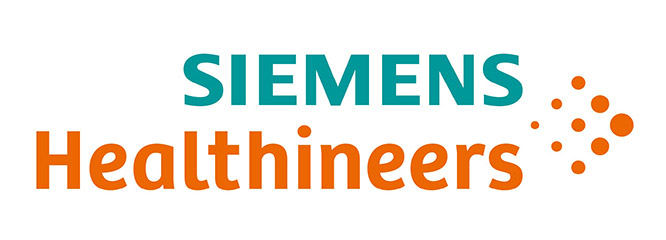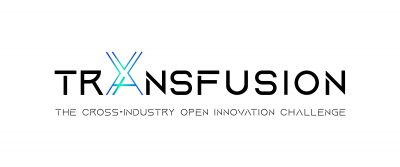Lab Automation a challenge by Siemens Healthineers
<BACKGROUND>
The Atellica Solution is an integrated chemistry and immunoassay analyzer used in clinical laboratories. The system manages hundreds of patient samples per hour, maintaining the chain of custody so results are reported for the correct patient. Each patient sample is introduced into the system with a barcoded tube. Often laboratories have little control over the types of patient sample tubes , they may receive. The tube can vary in sizes, brands, and additives. The latter determines what kind of tests may be run on the sample. The samples may have issues that could prevent processing, including limited volume, incorrect sample preparation, and barcode damage.
To address these challenges, the Atellica Solution is equipped with 8 cameras that monitor the sample handler drawers, the Drawer Vision System (DVS), and three cameras that read the barcode at 360 degrees and establish the chain of custody for the analyzers, the Tube Characterization Station (TCS).
The DVS has two cameras for each of the four sample input drawers. The cameras take top down pictures of the samples in racks as the drawer is closed. This enables the system to know what type of rack, the diameter and height of the individual tubes, and the location within the rack. For example, if a sample is loaded in a STAT rack, the robot will know exactly where the high priority tube is located and can load it immediately into the TCS and get it out to the analyzers within 1 minute.
The TCS has three cameras so the lab tech does not need to align the barcode labels before loading, saving significant time and effort. This also minimizes mechanical complexity for the robot and the sample carrier, neither of which require mechanics to rotate the sample into position to read the barcode. The TCS also obtains additional information about the tube type, enabling different tubes to be managed differently on the track or by the analyzers.
<THE CHALLENGE>
Tube Image Collection and Use
The DVS/TCS combination effectively minimizes the amount of manual labor required by lab technicians. In general tubes are loaded into racks without sorting or alignment. However, a large number of cameras are required and the current processing doesn’t take advantage of recent machine vision and AI advances.
Customers increasingly expect the vision system to support:
• Cap color recognition
• Sample volume detection
• Sample quality, is the sample ready to be analyzed or is it hemolyzed (reddish), icteric (yellowish), or lipemic (cloudy)
• A wide range of tubes, including new tubes on the market and tubes with distinct features, such as a central spike which is colored
How might the vision system be redesigned to minimize the amount of hardware while increasing the capabilities?
How might new tube recognition be improved? Currently requires internal teams to take hundreds of pictures of tubes, which are then processed into a library and distributed with software updates for the system.
If Siemens were to capture and store tube images from laboratories, what images would provide the most value? How could the images be used by Siemens, for example to improve reliability, minimize the use of internal resource, etc.
<YOUR BENEFITS>
Whats in for the winning team? Besides the money reward of 2.500 Euro you are getting as a winner also insides from experts and important contacts and networking chance.
Having questions?
During the event you will have the opportunity to get in contact with experts and get more insights and requirements on the challenge!






